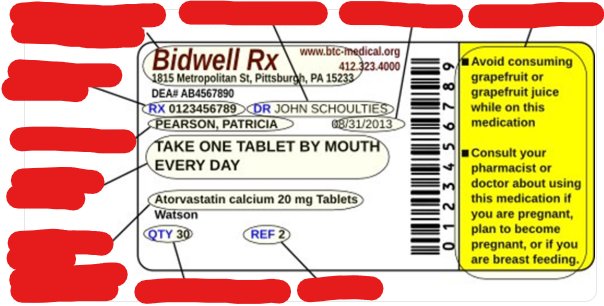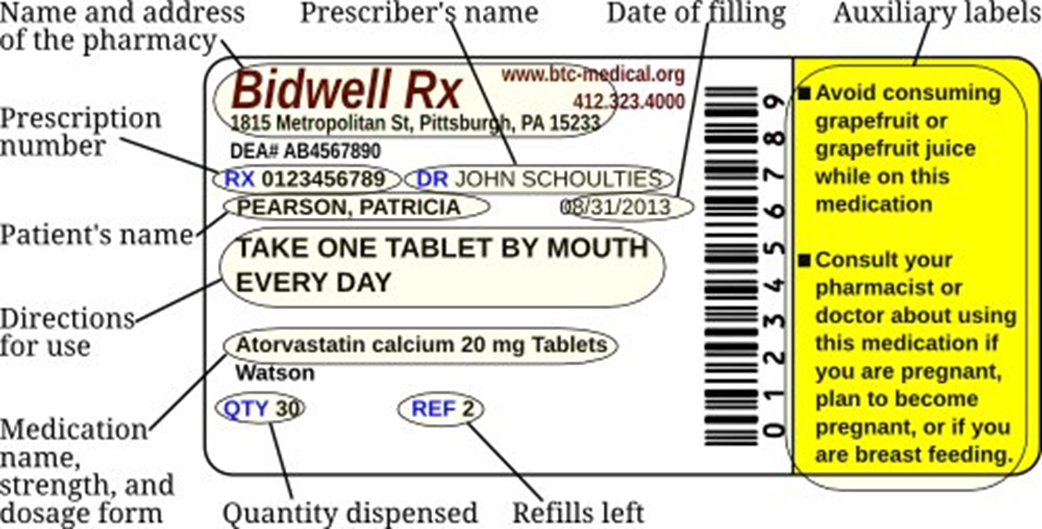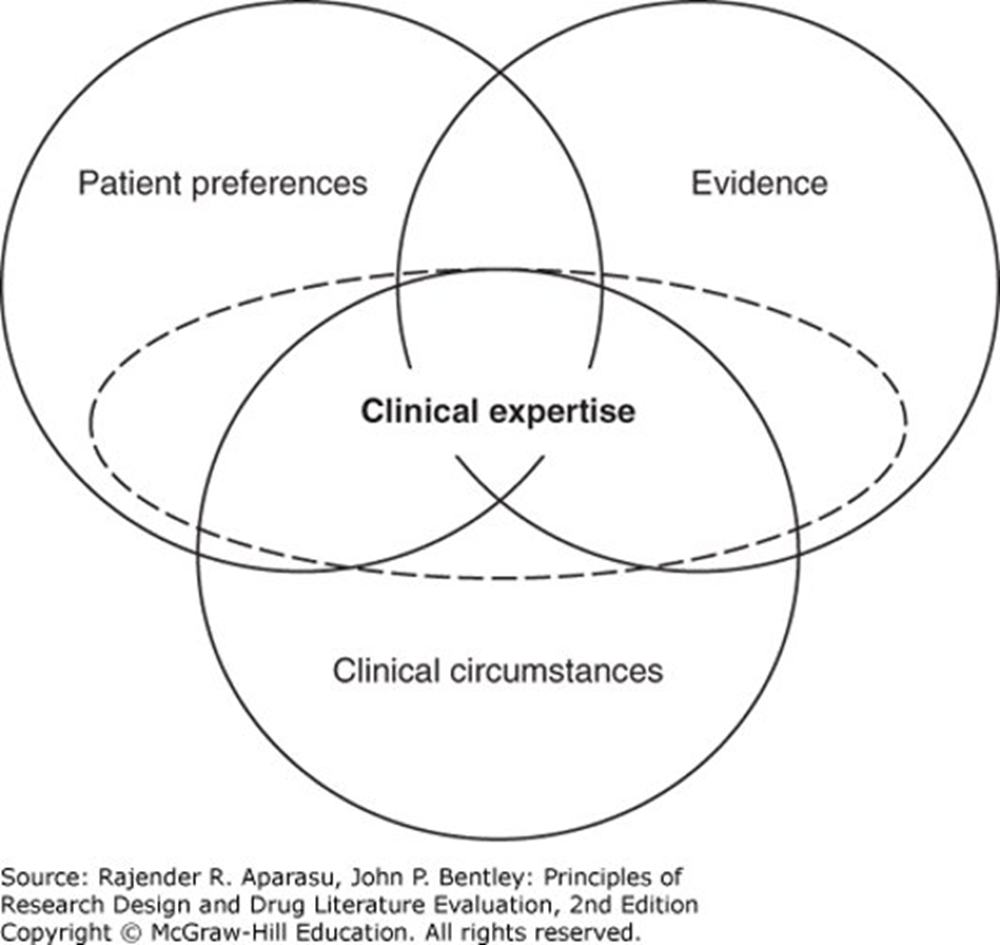PPC Exam #2 (DI)
1/66
There's no tags or description
Looks like no tags are added yet.
Name | Mastery | Learn | Test | Matching | Spaced |
|---|
No study sessions yet.
67 Terms
Everyone defines and agrees on the approaches to practice of evidence-based medicine.
False
Based on the case reviewed in the Drug Information Case Workshop, the final answerable question was determined to be, "For an adult female with migraines, what is the efficacy of metoprolol compared with other prophylactic medications (including valproate and amitriptyline) for reduction in frequency of migraines?"
Drug Therapy/Therapeutics
Order the types of resources used in the approach to search for drug information (first to last)
As outlined in the Sketchy EBM video 'EBM Explained", what are the important aspects that make up evidence-based medicine? Select ALL that apply.
Quality, Relevant Evidence
EBM Pyramid only
Patient Values & Preferences
Relying on Latest & Greatest Research
[Healthcare Practitioner] Judgement & Experience
EBM Paralysis
Quality, Relevant Evidence
Patient Values & Preferences
[Healthcare Practitioner] Judgement & Experience
A physician asks for a tertiary reference that discusses the results of a new drug’s efficacy and safety in treating migraine headache. Which of the following is a tertiary resource in biomedical literature?
A review paper describing several clinical trials
Identify which of the following IS correct based on the writing tips provided in the Drug Information Case Workshop
Zolpidem (Ambien®) is FDA-approved for the treatment of insomnia.
A ____________ approach is the most efficient way to respond to drug information questions and search for drug information.
systematic

Match the elements of the answerable question with case-related information
P (Patient, Population, Problem) - Adult with migraines
I (Intervention) - Metoprolol
C (Comparison) - Other prophylactic medications
O (Outcome) - reduce migraine frequency
Name the elements of the answerable question with case-related information
P?
I?
C?
O?
C (Comparison)
P (Patient, Population, Problem)
O (Outcome)
I (Intervention)
What type of source is PubMed?
Secondary
What type of source is randomized controlled trial?
Primary
What type of source is prescribing information?
Tertiary
The primary source of information used in drug information databases is…
primary literature
Which of the following is a secondary resource that can assist in finding original research papers?
PubMed(R)
Match the Pharmacists' Patient Care Process with the steps in evidence-based medicine
Collect
Assess
Plan
Implement
Follow-Up
Answerable question
Locate best evidence efficiently
Categorize question
Answer the question
Google to find information
Evaluate performance
Obtain background information
Critically appraise evidence
Integrate expertise and patient values
Collect > Answerable question
Assess > locate best evidence efficiently
Plan > Critically appraise evidence
Implement > Integrate expertise and patient values
Follow-Up > Evaluate performance
A medical assistant in the travel clinic calls and asks about the recommended vaccines for a patient traveling to Indonesia. Which reference would contain information on recommended travel vaccines?
CDC's Yellow Book
A physician calls and asks “my patient takes cannabidiol (CBD) oil every day. Does that interact with his abiraterone and prednisone?” What would be the most appropriate DI reference to use for this question, given the product of interest?
NatMed Pro
Which of the following electronic databases would provide the largest international biomedical journal coverage?
Embase(R)
Health information for international travel
Yellow Book
Therapeutic equivalents
Orange Book
Care of pediatric patients with infectious diseases
Red Book
Veterinary medicine
Green Book
Biologic approvals and interchangeability
Purple Book
What type of source is prescribing a meta-analysis (examination of data from several different studies)?
Tertiary
Information found in a reference or verbalized by an individual that pertains to medications.
Drug Information (DI)

label and identify

Conscientious, explicit, and judicious use of current best evidence in making decisions about the care of the individual patient.
Evidence-based medicine

label the evidence-based medicine diagram

In an aged adult patient with type II diabetes, does metformin reduce the risk of heart attacks, strokes, and peripheral arterial disease in comparison to insulin? (Identify PICO)
P: aged adult with type II diabetes
I: metformin
C: insulin
O: risk of heart attacks, strokes, and peripheral arterial disease
Tools that are used to find the primary and tertiary sources
Secondary resources
summary of evidence; provides overview information extracted from the primary literature
tertiary
Clinical practice guidelines
tertiary
Full-text computer databases
tertiary
Merative Micromedex®
tertiary
UpToDate®
tertiary
ClinicalKey®
tertiary
AccessPharmacy®
tertiary
Prescribing information
tertiary
Systematic reviews
Tertiary
Medline®
secondary
Google Scholar
secondary
ULS databases (like PittCat)
secondary
§Scopus†
secondary
§Cochrane Library†
secondary
Embase®
secondary
Case reports/series
primary
Randomized controlled trials
primary
Cohort
primary
Case-control
primary
Cross-sectional
primary
Name consumer resources that are NOT to be used as pharmacist research materials
Mayo Clinic, Medline Plus, FDA/CDC consumer pages, StatPearls
Awareness or analysis of one’s own learning or thinking processes
Metacognition
A thought, idea, or opinion formed or a remark made as a result of meditation; consideration of some subject matter, idea or purpose
Reflection
Kerwin EM, Tashkin DP, Korenblat PE, et al. Long-term safety and efficacy studies of epinephrine HFA metered-dose inhaler (Primatene® Mist): a two-stage randomized controlled trial. J Asthma. 2021;58(5):633-644.
primary
Nakamura Y, Tamaoki J, Nagase H, et al. Japanese guidelines for adult asthma 2020. Allergol Int. 2020;69(4):519-548.
Tertiary
Rodrigo GJ, Nannini LJ. Comparison between nebulized adrenaline and beta2 agonists for the treatment of acute asthma. A meta-analysis of randomized trials. Am J Emerg Med. 2006;24(2):217-222.
Tertiary
Mishra RK, Radhi S, Nugent KM. A 20-year-old woman with severe asthma refractory to Primatene Mist. Chest. 2010;138(5):1253-1255.
Primary
Epinephrine inhalation solution (Primatene MIST®) prescribing information. Canton, MA: Armstrong Pharmaceuticals, Inc; 2021 Jun.
Tertiary
Newborn age range:
birth-1 month
Infant age range: (2)
birth-23 months / 1-23 months
Preschool child age range:
2-5 years
Child age range (2):
birth-18 years / 6-12 years
Adolescent age range:
13-18 years
Young adult age range:
19-24 years
Adult age range: (2)
19+ years / 19-44 years
Middle Aged age range: (2)
45+ years / 45-64 years
Aged age range:
65+ years